World Fine Art Professionals and their Key-Pieces, 279 - Lorena van Bunningen
World Fine Art Professionals and their Key-Pieces, 279 – Lorena van Bunningen
Lorena van Bunningen is one of the nominees for the Piket Art Prizes 2020 – painting department. There are two other candidates for this. And there are three nominees for dance and three for theater.
On a sunny August morning I speak with Lorena in her studio in Rotterdam’s Drievriendenstraat (Three Friends Street). Incidentally, only one of the three friends is known: Adrianus van den Boom, a building inspector, his two friends have disappeared into obscurity forever. I know the studio complex from a previous visit: the Rotterdam artist Arie van Geest.
Surprised with the nomination Piket prize
Lorena opens the sturdy door and we climb three floors to the top floor. A lot of light enters through three windows from the sloping roof. There are pictures, texts and some plants on the wall. Two other artists work there, says Lorena, who is now preparing a pot of coffee.
She is pleasantly surprised with the nomination for the Piket Prize. “I didn’t know the prize. It was nice to hear. Artistry is a bit lonely at times. Great to feel recognition.” The nominees received an amount of 2000 euros because of the Corona. “I decided to work one day less a week for that amount for six months.” Instead of three days a week, two days (at the Wereldmuseum).
Focussing
She noticed in quarantine time (because of Corona) that it was good for her to have more time for her work. “It was very nice, a real relief. I have learned that something only becomes really good when you pay a lot of attention to it, when you can focus. In addition to that part-time job, I exercise, have a social life and do many other things, which is fun, but it also creates a lot of distraction. Then you are less focused on the creative process. During the quarantine, I was in my studio for five days. I got a lot of creative ideas. It is actually the first time since I graduated that something like this has happened to me. It is clear to me: if I want to focus on being an artist, I have to leave other things. ”
Don’t be fooled by the term Painting in the Piket nomination, the term has expanded considerably and the nominees are anything but painters. Lorena makes sculptural work that she captures with her camera. Constructions of objects, as if it were a sculpture. She is always looking for stillness in reality. “The most ordinary, the everyday around us. What we hardly see. I zoom in on that, I want to show that. I immortalize it with a camera. Thus it has a double effect with media. I have now also started working with film. Short films of eight minutes. ”
Not planning too much
How did she end up with this? “It originated during the academy days. For a long time I didn’t know exactly what I wanted to make, so I started to try out a lot of different things. By making so much you will eventually get a clearer picture of how your creative process works, what you are good at and where your interests lie. I soon found out that I am not a storyteller and I also do not want to make something (conceptual) based on a conceived idea. I found out that I work very process-oriented. I see something, I feel something, I start – then I come to discoveries. If I had figured it out, I never would have thought of it. ”
“It is very important for me to take myself into the process and to be very open about it, without judging. I like to use chance as a method. What comes naturally during making? I found the interface between the conscious and unconscious very interesting. It is good to see what the work requires of you, rather than just what you ask of the work. And thus embrace unexpected outcomes. That’s what my graduation project was about. It is also my philosophy in life: do not think or plan too much in advance, but see what comes your way in the process. The nicest and most beautiful events or encounters (with an observation or a person) arise because they happen spontaneously. ”
Many people are concerned with the future or the past, she says. “Those people should be more aware of the now. Enjoy a tree in your street. It is important that more attention is paid to these banal things. My subjects are often ‘silly’ objects – a cloth, a straw or a piece of wood. I do that on purpose: something small can also be very big. ”
In development
Does she have a key work, a work that caused a change? Not immediately, but her work has developed a lot in recent years. “Previously, as I said, I used existing objects. Often utensils, often made of plastic. Now I am much more interested in the use of natural / organic materials. ”
When making work she always skips between creating an image by constructing it herself, but sometimes she also comes across something and then she just photographs it without touching it. “Sometimes my work in creating can seem a bit too controlled, while the process is very playful. This is one more thing I’m trying to research for myself. Last year I visited a construction site for several weeks in a row, where I was allowed to wander around and take pictures. I was fascinated by the ‘movements’ that were there every day. Not of the people, but of the ‘traces’ of the human being. How things stood, but also how (building) materials seemed to have a certain life. I thought it was interesting to photograph especially these materials, which had nothing to do with the building. They were temporary attendees, as it were. Nobody looked at it except me. I have taken a lot of photos, but there is really only one photo that is really successful. In this photo you really see a meeting of me with the material. In the other photo it remains too much of a registration of a ruin – the poetry is missing. This photo has become a key image for me. It contains everything I am looking for in my work. It shows the mystical that lies in the everyday, without losing sight of reality. ”
How long has she been an artist? “Since I graduated from the KABK, the Royal Academy in The Hague, in Photography, in 2014. It only started to become fun after a while, the artistry. “In the beginning I was very searching and confused about whether what I was doing was right. Over time, there has been much more peace and pleasure in this. ”
Ecuador
Lorena was born in Ecuador. “My mother is Chilean, but I was born in Ecuador and lived there until I was nine. When my parents separated I went to the Netherlands, together with my father. In primary school I was put back two groups. That turned out okay later, when I caught up with another year. You are like a sponge when you are young, you absorb everything in you. ”
Last year she went to Ecuador again. “I did a survey in the Amazon. Besides making still lifes I also worked on various video works. They are moving photos, as it were. I explored the concept of time in the Amazon coupled with working on the land. I mainly did this by filming the women who are busy with their crops day in, day out. I was fascinated by their back and the movements they made while working. The body almost becomes a kind of machine. By looking at them for a long time, their back almost became a sculptural shape for me. I also filmed the movements of plants in the wind for hours, trying to make the connection between man and nature and how that is almost one thing there. ”
She had received money for it through the Mondriaan Fund and the CBK in Rotterdam. “My mother came along, she is an anthropologist and has a good network there. We could stay with different families. This made the trip very special – normally it is not easy to get to these places as a tourist. We had to get there with a small plane that only holds three people and luggage! It was a special experience. ”
And now we have to wait and see whether Lorena will be the winner of the Piket prize 2020, category visual arts. It also yields 8,000 euros.
Images
1) Lorena van Bunningen, 2) Encounter, 2019, 3) Tree 21, 2020, 4) Tree 4 & 5, 2020 (diptych), 5) La mejor lluvia cae en la selva 1, 2 (The best rains fall in the Amazon), 2019, 6) La mejor lluvia cae en la selva 7, 2020, 7) Attempts to sculpt a Movement 11, 12, 2020, 8) Attempts to sculpt a Movement 1, 2, 3), 9) Attempts to sculpt a Movement 1, 2, 10) Balance of Two, 2018 – Video still from a research on movements in the Amazon (2020)
http://lorenavanbunningen.com/
https://www.instagram.com/lorenavanbunningen/?hl=nl
https://www.piketkunstprijzen.nl/lorena-van-bunningen
https://www.facebook.com/lorena.vanbunningen
https://ifthenisnow.eu/nl/verhalen/de-wereld-van-de-rotterdamse-kunstenaar-49-lorena-van-bunningen
Disclaimer: The views, opinions and positions expressed within this guest article are those of the author Walter van Teeffelen alone and do not represent those of the Marbella Marbella website. The accuracy, completeness and validity of any statements made within this article are not guaranteed. We accept no liability for any errors, omissions or representations. The copyright of this content belongs to Walter van Teeffelen and any liability with regards to infringement of intellectual property rights remains with the author.

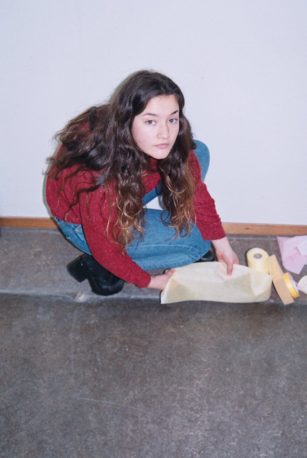


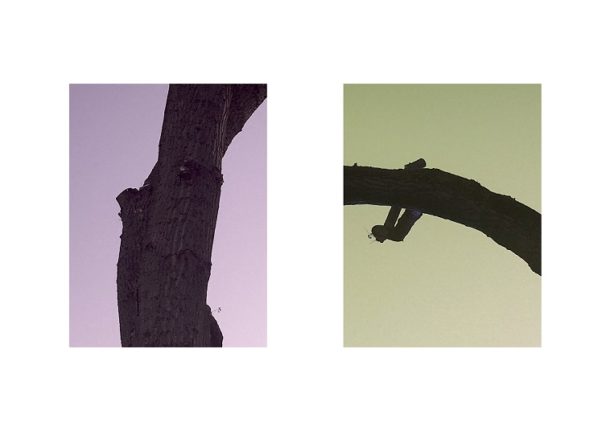
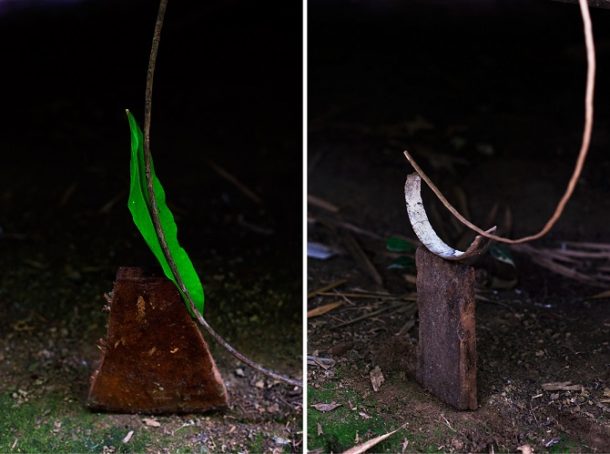
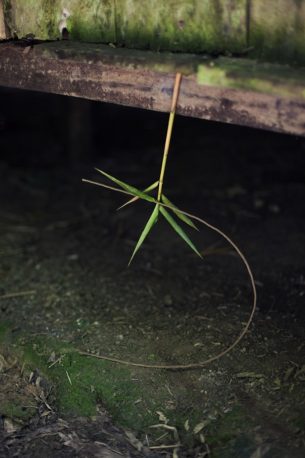
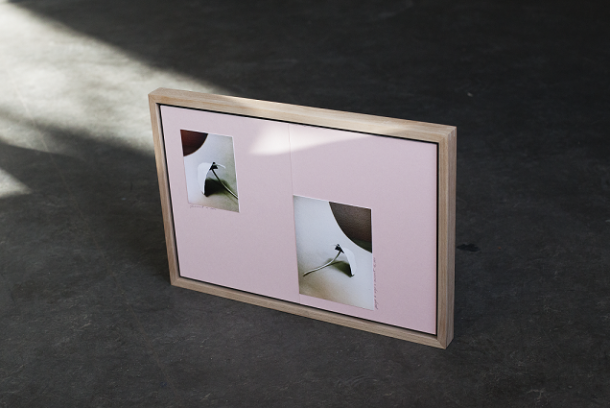
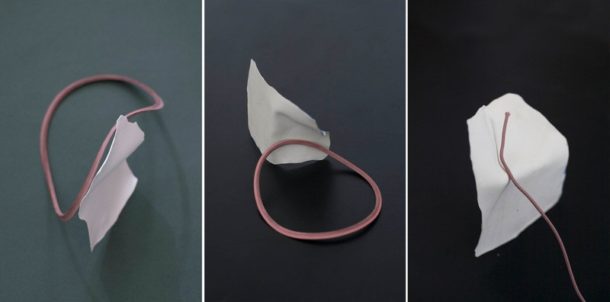
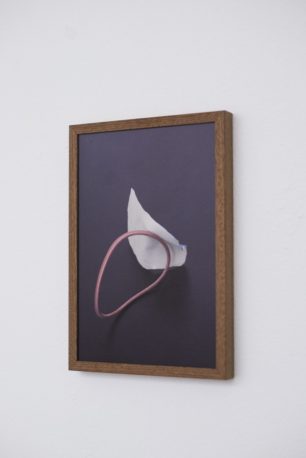
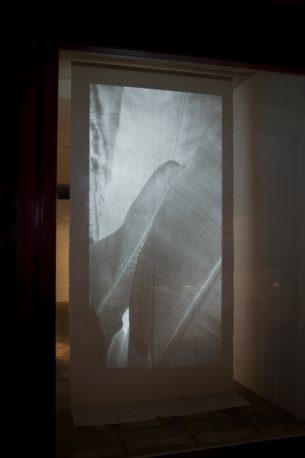














The opinions expressed by individual commentators and contributors do not necessarily constitute this website's position on the particular topic.